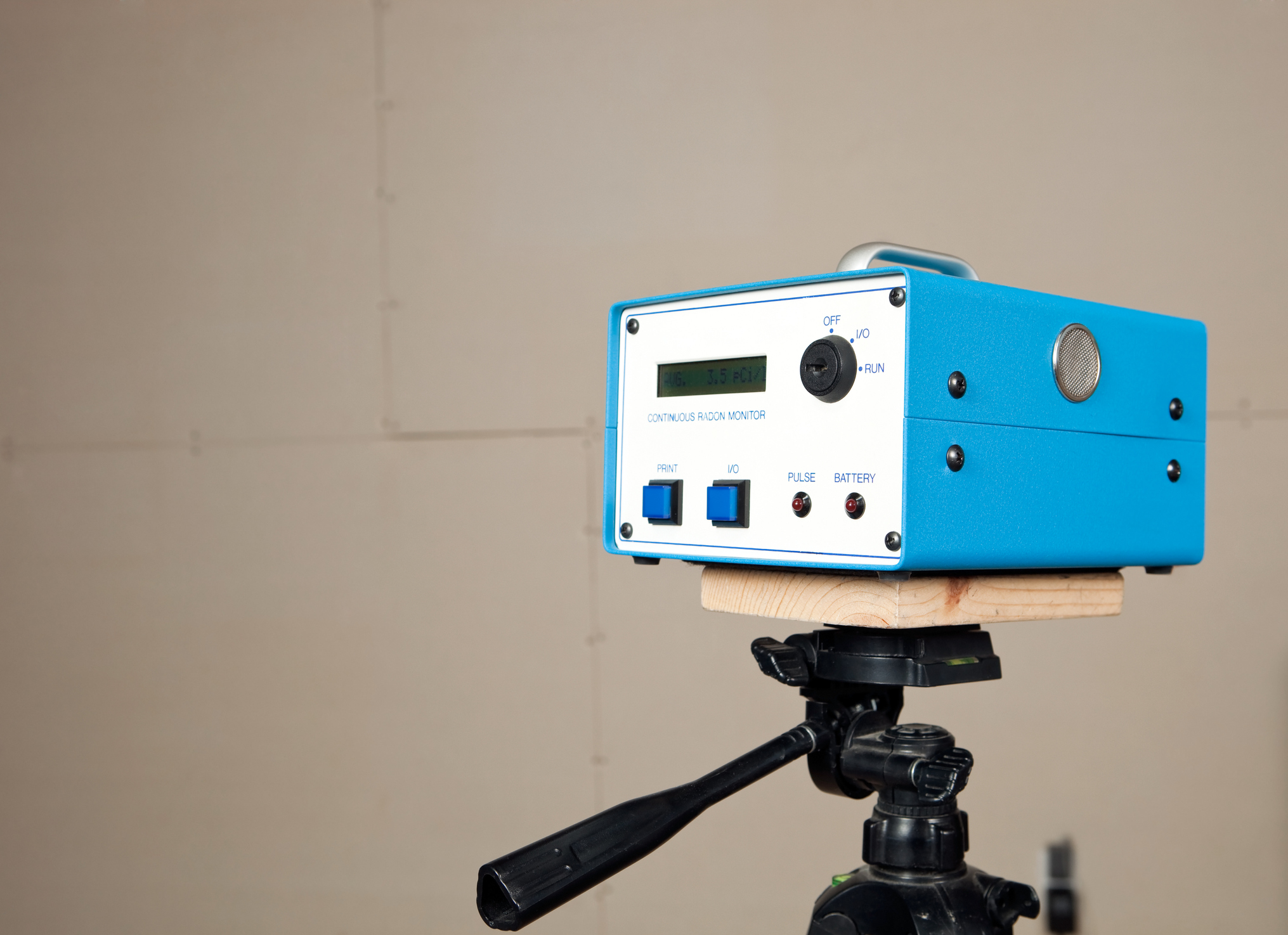
Radon Testing in Utah.
We have been testing for Radon Gas in Utah for over 17 years. We have performed thousands of tests in Utah. We find high levels every day. This gas is colorless and odorless. I find it odd that more people don’t test for radon gas. It’s amazing what some people will risk to save a couple of dollars. What is your health worth to you? What is your children’s health worth to you? Do Your Research. I had to have a Radon Mitigation System installed in my own home. I am unwilling to take the chance of my small children getting cancer. It is unbelievable how much lung cancer there is by nonsmokers.
Radon gas – even the name sounds ominous, evoking images of radiation and nuclear devastation. Radon Gas is created when uranium in the soil decays. The gas then seeps to the points of least resistance and eventually into homes. Common entry points are cracks in the foundation, poorly sealed pipes, voids in the earth, and other possible areas. Once in the home, the gas can collect in certain areas especially basements and other low-lying, closed areas, and build up over time to dangerous levels. The Environmental Protection Agency of the US Government has set a threshold of 4.0 pico curies per liter as the safe level. As humans are exposed to radon gas over the years, it can have a significant and detrimental effect.
How widespread is the problem? Radon Gas has been found in homes in all 50 states. Certain areas are more susceptible than others (http://www.epa.gov/radon/zonemap.html), but no location is immune. Concentrations of radon-causing materials in the soil can be either natural or manmade. Homes built near historic mining operations may be at higher risk. The only way to tell for sure is to have a home tested. We have done thousands of Radon Tests in Sandy and surrounding counties for years. We find Radon Gas all the time. Testing for radon comes in two forms: active and passive. Active Devices (which is what we utilize) constantly measure the levels of Radon Gas in a portion of the home and display those results. Passive devices collect samples over some time and then are taken away and analyzed. Either method can help you determine your level of risk. Do-it-yourself kits are available from several outlets, normally with passive devices. Over the days, the device is left in the lowest level of the home which is normally occupied. This eliminates crawl spaces under the house but includes finished or unfinished basements. Then the results are analyzed by a professional. The other option is to engage a qualified professional to conduct the tests properly.
If high concentrations of radon are found in your home, installation of a Radon Gas Mitigation system is likely. These systems generally start at 2,500 dollars. It was worth it for me to have a Radon Gas Mitigation system installed in my own home for the safety of my family. My own house had already had a long-term passive test performed before I purchased the home, which indicated that the levels were within a safe range. After retesting my home, the levels were consistently higher. I had a Radon Mitigation system installed.

